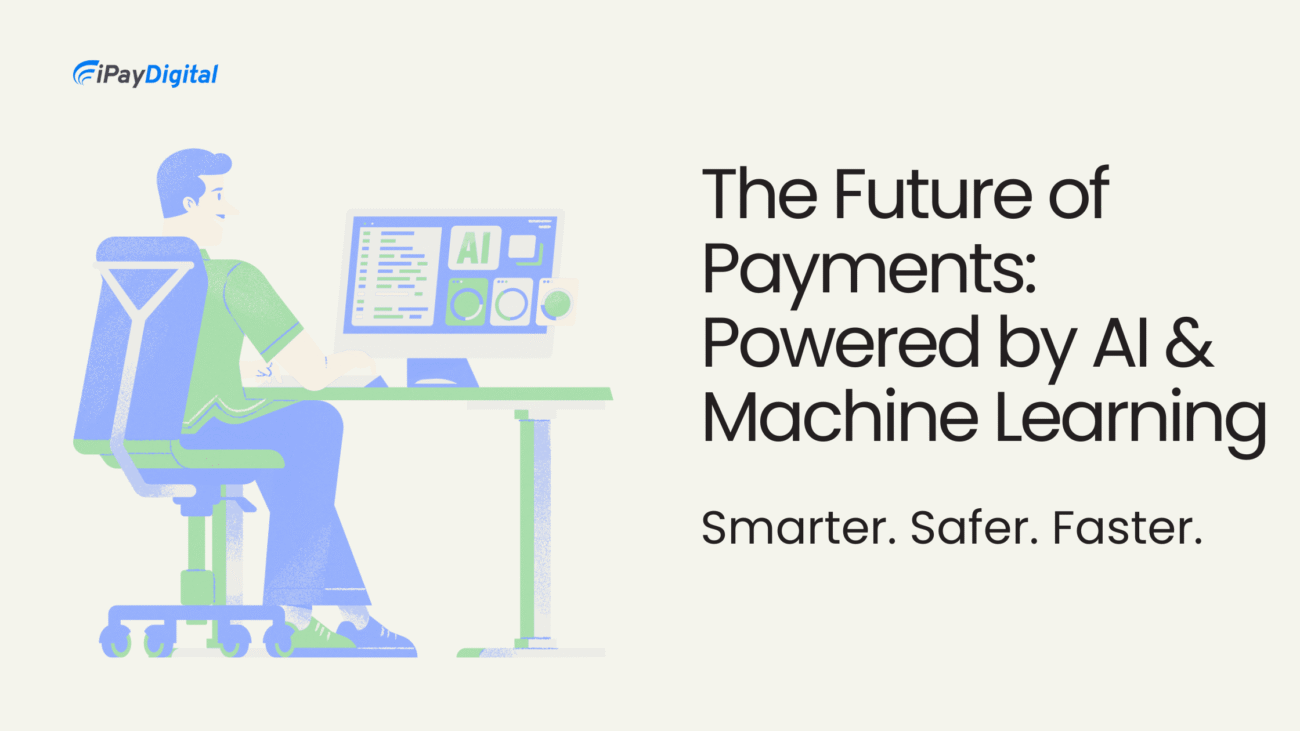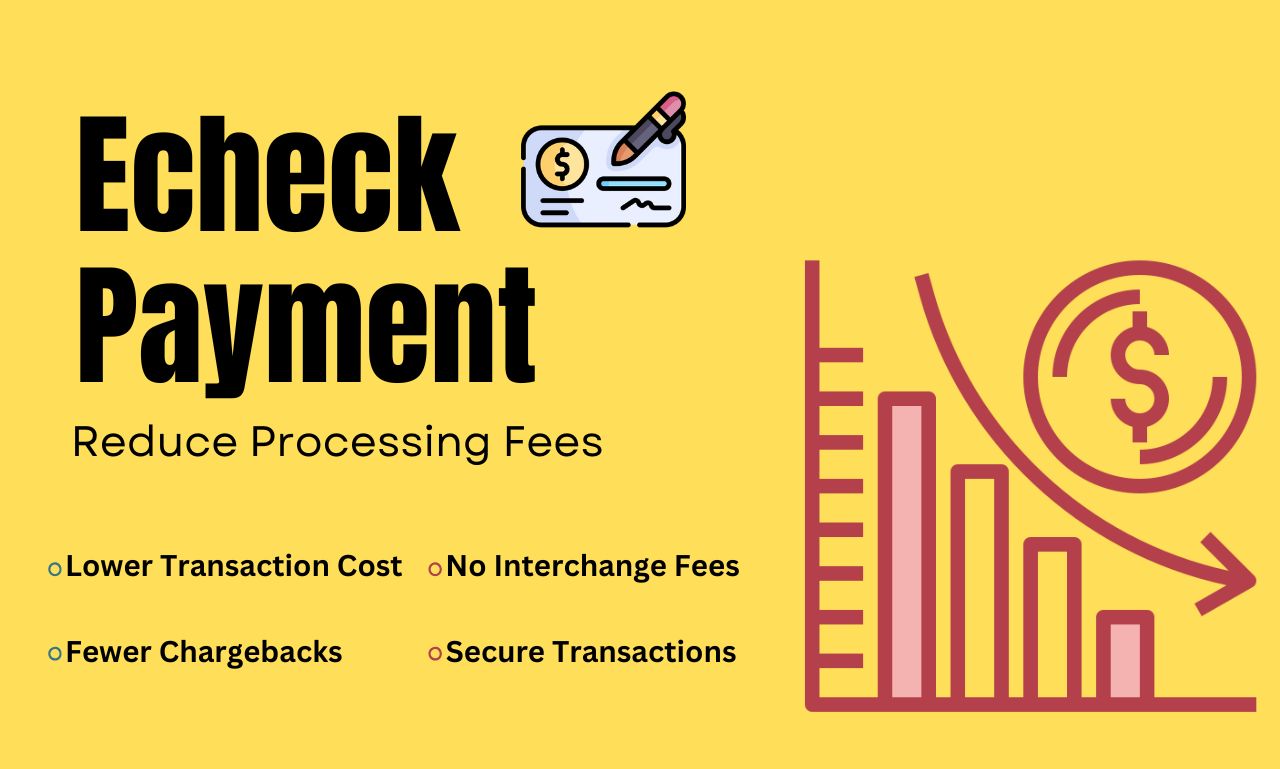The digital transformation of finance is no longer a futuristic concept—it’s happening now. In 2025, one of the most pressing questions businesses, financial institutions, and consumers alike are facing is this: should we embrace real-time payments or stick with traditional processing? While both have their place, the landscape is clearly shifting. Let’s unpack what makes each method tick and which one is winning in today’s fast-paced economy.
What Are Real-Time Payments?
Real-time payments (RTPs) are exactly what they sound like—transactions that are initiated and completed almost instantly. Money is moved from one account to another within seconds, any time of the day, any day of the year. RTPs aren’t limited by banking hours or holidays.
The U.S. has seen rapid growth in this area with the launch of FedNow and the success of The Clearing House’s RTP network. Globally, countries like India (with its UPI system) and the UK (through Faster Payments) are already thriving with real-time infrastructure.
Traditional Processing: The Old Reliable
Traditional payment processing, on the other hand, includes methods like ACH transfers, wire transfers, and even checks. While ACH has evolved to support same-day processing in many cases, it’s still not instant. Wires can be faster but come with higher costs and typically depend on banking hours.
This system is deeply embedded in how we handle payroll, invoices, subscriptions, and large B2B transactions. It’s been reliable and familiar—but perhaps a bit too slow for the digital world we live in now.
Speed Matters More Than Ever in 2025
Let’s be honest—speed isn’t just a convenience anymore; it’s a business necessity. Whether it’s a small business waiting on a payment to restock inventory or a gig worker expecting immediate compensation, waiting days for money to settle feels like a major obstacle.
Real-time payments support just-in-time business models, which are becoming more common in industries like logistics, freelance marketplaces, and eCommerce. The ability to move funds instantly helps streamline cash flow, reduce working capital needs, and increase trust between transacting parties.
Cost Comparison: A Hidden Advantage?
Traditional methods often come with lower fees, especially ACH. Businesses love ACH payments for recurring billing and payroll because they’re cheap—even if they’re a bit sluggish
Real-time payments, while faster, can sometimes carry higher fees—though this is rapidly changing. As more banks and fintechs adopt RTP infrastructure, the cost of entry is decreasing. Some platforms even offer free or flat-fee instant transfers, making RTPs more competitive with legacy systems.
In 2025, businesses need to look beyond the per-transaction cost and factor in the operational savings of real-time cash flow. Faster money movement often reduces the need for short-term loans or credit lines, potentially saving thousands over time.
Security & Fraud Considerations
One of the sticking points for real-time payments is security. Because transactions are irreversible and occur instantly, fraud detection must happen in real-time as well. There’s no buffer to catch and cancel suspicious activity.
Traditional systems often have more time to implement fraud checks or hold funds. This lag time, while frustrating from a user standpoint, gives an added layer of protection.
That said, RTP networks are getting smarter. In 2025, AI-driven fraud detection systems are increasingly capable of spotting unusual patterns and halting suspicious transfers. Education around fraud prevention, stronger authentication methods, and tokenization are also helping bridge the security gap.
Adoption Rates: Where Are We Now?
Real-time payments are growing fast, but they’re not yet universal. Many businesses still rely on traditional methods due to integration challenges or simple resistance to change.
Large corporations, in particular, often have legacy systems that aren’t compatible with RTP APIs or require extensive retooling. However, startups, small businesses, and digitally native platforms are leading the charge by offering real-time payment options as a competitive edge.
Banks, too, are catching up. In 2025, a growing number of financial institutions are offering real-time rails alongside traditional options, giving clients flexibility while nudging them toward the future.
Industry-Specific Impact
Retail & eCommerce: Real-time refunds and payouts are enhancing the customer experience and driving loyalty.
Gig Economy: Instant access to earnings has become a key benefit for platforms trying to attract freelancers and contractors.
B2B Payments: While traditional processing still dominates, real-time options are beginning to gain traction in supplier payments and procurement.
Healthcare & Insurance: Claims payouts via RTP are speeding up reimbursements and reducing administrative overhead.
The Human Element
Let’s not forget the emotional side of payments. Instant gratification matters. When someone pays a bill or receives funds immediately, it creates a sense of control and reliability. In a time where financial stress is common, that psychological boost is significant.
Employees prefer employers who offer early wage access. Customers are more likely to trust a platform that delivers refunds or commissions quickly. Real-time payments aren’t just a technical upgrade—they’re a shift in expectations.
So, Who Wins in 2025?
It’s not exactly a knockout punch, but real-time payments are clearly the front-runner in many industries. They’re faster, increasingly cost-effective, and align with the digital expectations of modern users.
That said, traditional processing still has a role to play. For certain use cases—like scheduled payroll, high-value transfers, or transactions requiring complex approval workflows—ACH and wire transfers remain viable, and even preferable.
The real “winner” is the business that knows when to use each. Hybrid strategies, where companies blend RTPs with legacy systems, are becoming the new norm. Flexibility is the name of the game.
Wrapping It Up
2025 isn’t the year real-time payments fully replace traditional methods—but it is the year they go mainstream. If your business hasn’t explored real-time rails yet, now’s the time to dive in. Whether for faster vendor payments, happier customers, or better cash flow control, RTPs are no longer just a nice-to-have. They’re becoming the new standard.














